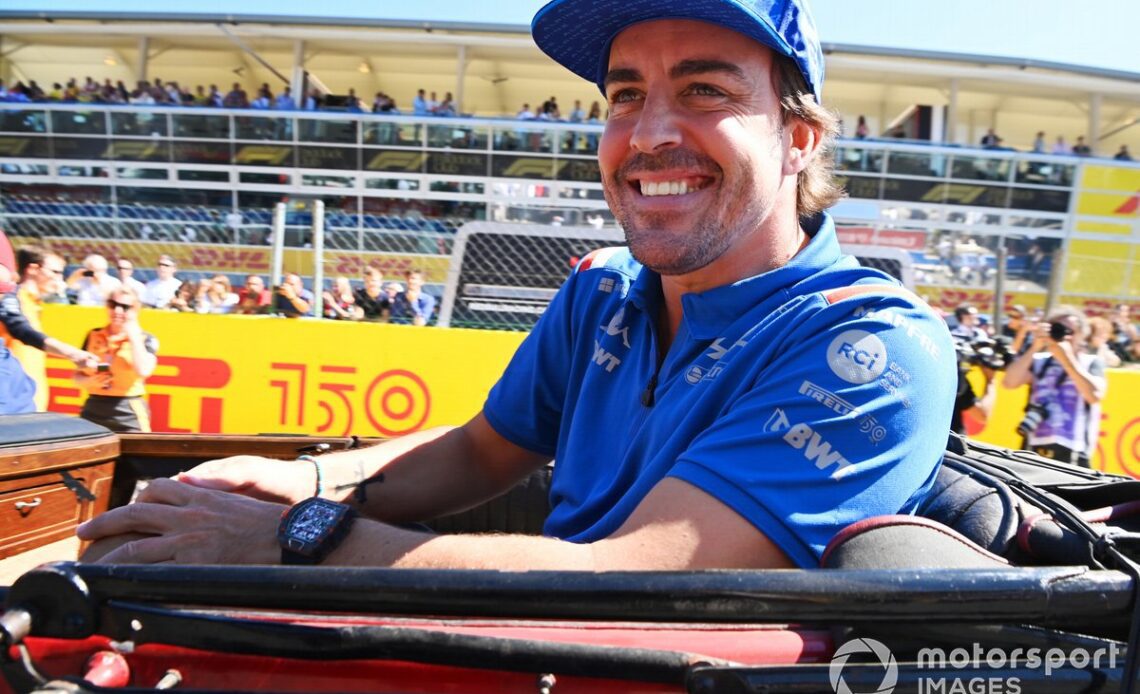The Silverstone-based squad is recovering from a poor start to the year where it went down the wrong concept route with its AMR22, before switching tact from the Spanish GP.
And although it still looks set to finish ninth in the constructors’ championship this year, it feels it has made decent progress behind the scenes to be confident about delivering decent steps in to 2023.
The team has shown its ambitions by signing Alonso for next season, having wasted little time at the Hungarian Grand Prix, in the wake of Sebastian Vettel’s retirement announcement, to lure the Spaniard away from Alpine.
It was that ability to react quick on the driver front that has highlighted a core strength that its engineering team believes it has in place to deliver with its car.
Aston Martin performance director Tom McCullough said: “I think the team has always been very agile. It’s been a small race team and, at its core, there are a few key people making the decisions. It’s not a big bureaucratic company.
“I go back from the race weekend, my job is to report to Andrew Green [chief technical officer], and Dan Fallows who has also joined us recently as technical director as well. That slightly changes the structure, but we’re trying to keep the good bits of how we used to work, but add what we need to do to lift the level as well.”
Fernando Alonso, Alpine F1 Team
Photo by: Mark Sutton / Motorsport Images
McCullough believes the example of the team not wasting time in going for a much-needed mid-season concept change shows how the squad is able to be decisive and get things done.
“As we sat down, we were trying throughout winter testing and the first few races to bring parts to the car to get on top of the porpoising, and to give a bigger operating window to the car,” he said.
“But you get to a point where, even with your development tools, windtunnel, CFD simulations, and track tests, we weren’t making the progress we wanted to make.
“Then you have to at some point, say ‘okay we need to do something.’ During the development phase of the car, we had gotten two different routes. We even designed the chassis to accept the radiators for two different routes, all this kind of stuff.
“We said, okay, this first route looked good but then we’d underestimated the porpoising problem, so let’s try the other philosophy.
“We went back to the data we had, we then started working with that in the windtunnel again and bang, we brought…
Click Here to Read the Full Original Article at Motorsport.com – Formula 1 – Stories…

